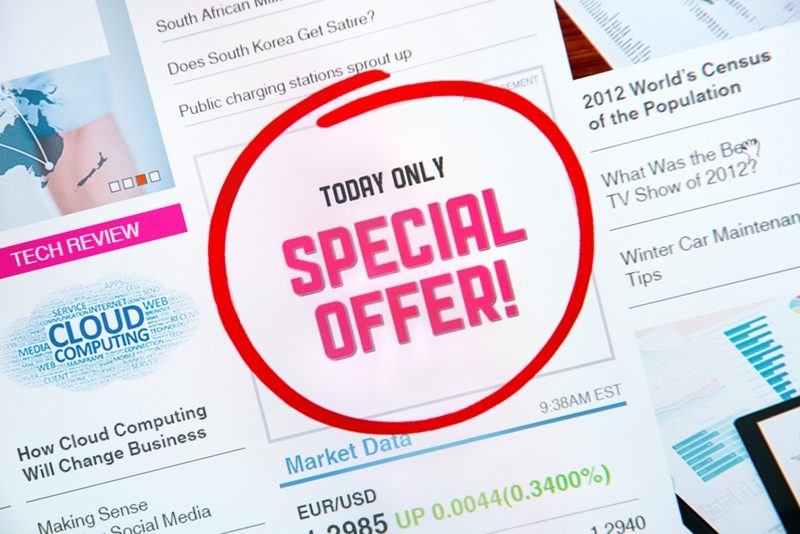Today's marketing professionals have access to technologies that would make Don Draper envious. It's no longer just about storyboards, taglines and vibrant images - now, there is a wealth of data waiting to be collected and analyzed. With that level of insight, marketers can increase engagement, get fast results on their campaigns and know how to improve moving forward.
Proximity marketing devices like beacons and digital signs bring in customers, provide useful metrics and help marketers build better strategies. They also enable marketing teams to rethink their approach to advertising with an eye toward the modern. Let's take a look at a few ways to integrate beacon technology and digital display systems into your marketing strategy.

1. Simplify engagement
Today's consumers are a smart, perceptive lot. Most of them can spot an advertisement from a mile away and will ignore it out of principle. Occasionally a particularly brilliant ad will go "viral", but those are few and far between. And besides, they don't necessarily provide much more than a funny or emotional message - there's no path for the customer to follow.
Instead, Entrepreneur recommended avoiding overly complex or overt ads in favor of simple engagement tools. Here, beacons provide just enough to pique customer interest. By pinging smartphones nearby, consumers in the area can be alerted to deals, services, events and so on. These notifications are an ad, a call-to-action and a direct, targeted message all rolled into one.
2. Leverage adaptability
Our attention spans are growing shorter and shorter, which means you have only a few precious moments to engage your consumers. A beacon that sends a quick message to those within range is one way to do that, since what little attention we have tends to be focused toward our mobile devices anyway. Another is to make sure you're creating a new experience as often as possible and keeping pace with your customers' changing interests.
To that end, digital display advertising is an ideal solution. The device circumvents one of the costlier aspects of advertising - the materials themselves - by giving the marketer the ability to change the message onscreen at the push of a button. The options here are numerous: Restaurateurs can change menu items immediately, retailers can announce flash sales with ease, public transportation can provide delays and scheduling information - the list goes on.
3. Think holistically
Above all, marketers have to be versatile. There is no single solution that will win over all consumers and drive sales through the roof indefinitely - you'll have to take elements of various media and find the right combination. For today's marketers, that means beginning their efforts before consumers even think about the store and continuing after they've left.
It helps to have tools that can at once consolidate your marketing campaign and also diversify it. Connect with customers through a local marketing platform, grab their attention with digital displays, follow up with opt-in email campaigns or through a mobile app - use an omnichannel marketing effort. With the right proximity marketing software platform, you can make sure all of these initiatives are working in tandem, not as disparate functions.
As ubiquitous as they seem, smartphones adoption still has a lot of room to grow - 68 percent of U.S. adults owned a smartphone in 2015 compared to 35 percent in 2011, according to a Pew study. That means there are plenty of organizations that have still yet to address the wealth of possibilities provided through not only smartphones but other kinds of mobile devices. By jumping on this growth now and working with the best marketing engagement companies, you'll position your marketing strategy to better align with the 21st-century shopper.







